Tom Parker Bowles: Portugal's food is just as modest, understated and utterly bewitching as the rest of the country
Portuguese cuisine is vibrant and enchanting, says Tom Parker Bowles.
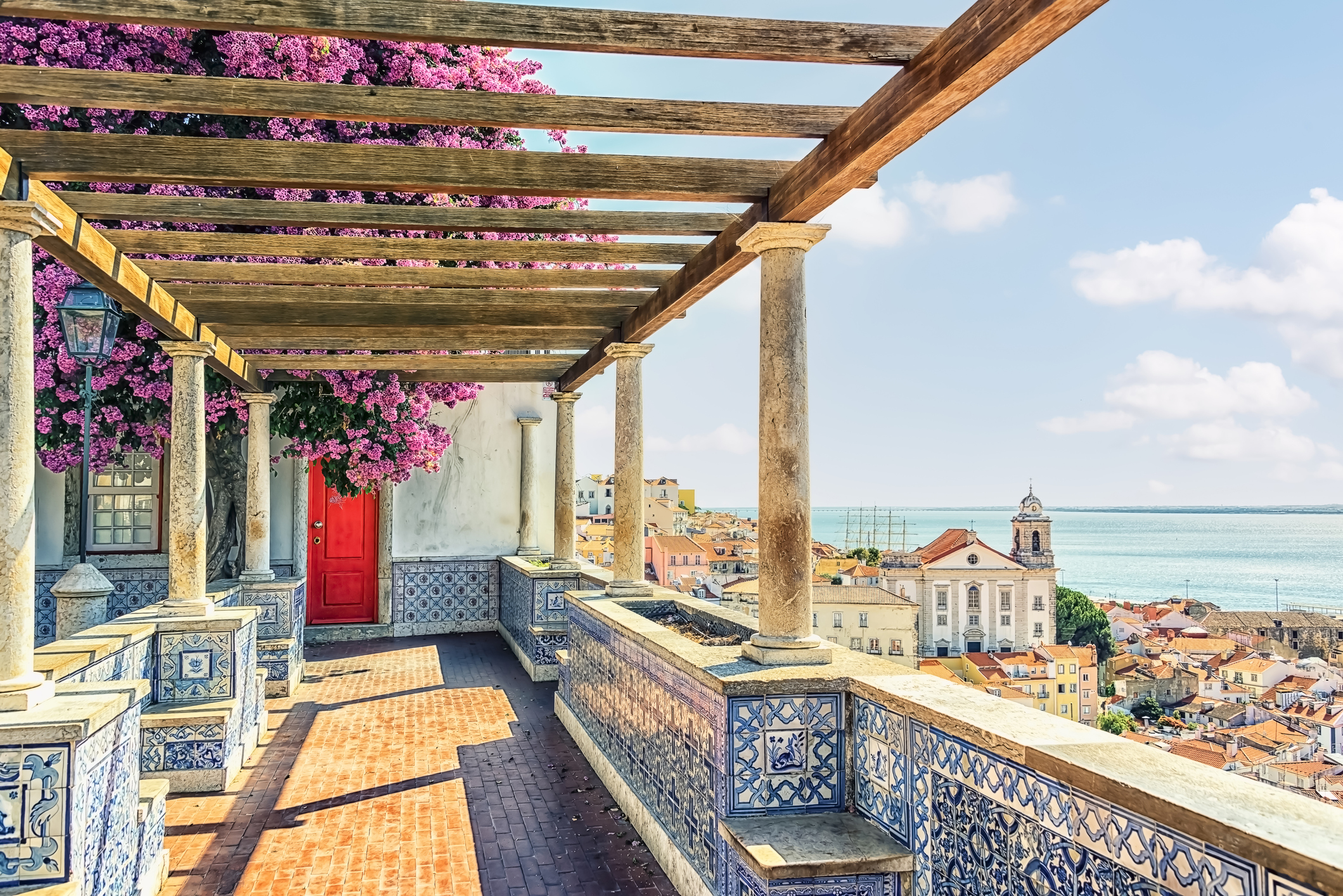

It’s one minute past noon, on a crisp Lisbon spring day, and the queue outside Cervejaria Ramiro is already winding down the street. It’s been a city legend since 1956 and you can see why — the seafood is some of the finest you’ll eat anywhere; tiny local prawns, delicately striped, briefly boiled and eaten whole; clams cooked with fistfuls of garlic, the flesh sucked from the shell, every last scrap of oil mopped up with great hunks of fresh bread; vast Carabineros prawns, blood red in hue and as big as my fist; percebes — or goose-necked barnacles — twisted out of their leathery, lizard-like skin to reveal the sweetest pink flesh. And, for pudding, sobremesa Ramiro, that great Lisbon steak sandwich, slathered with sweet mustard.
Revered it may be — and rightly so. But it’s entirely unpretentious, too, with televisions blaring live football in the corner and cold beer on tap. Just like Lisbon. And Portugal herself. Modest, understated and utterly, utterly bewitching.
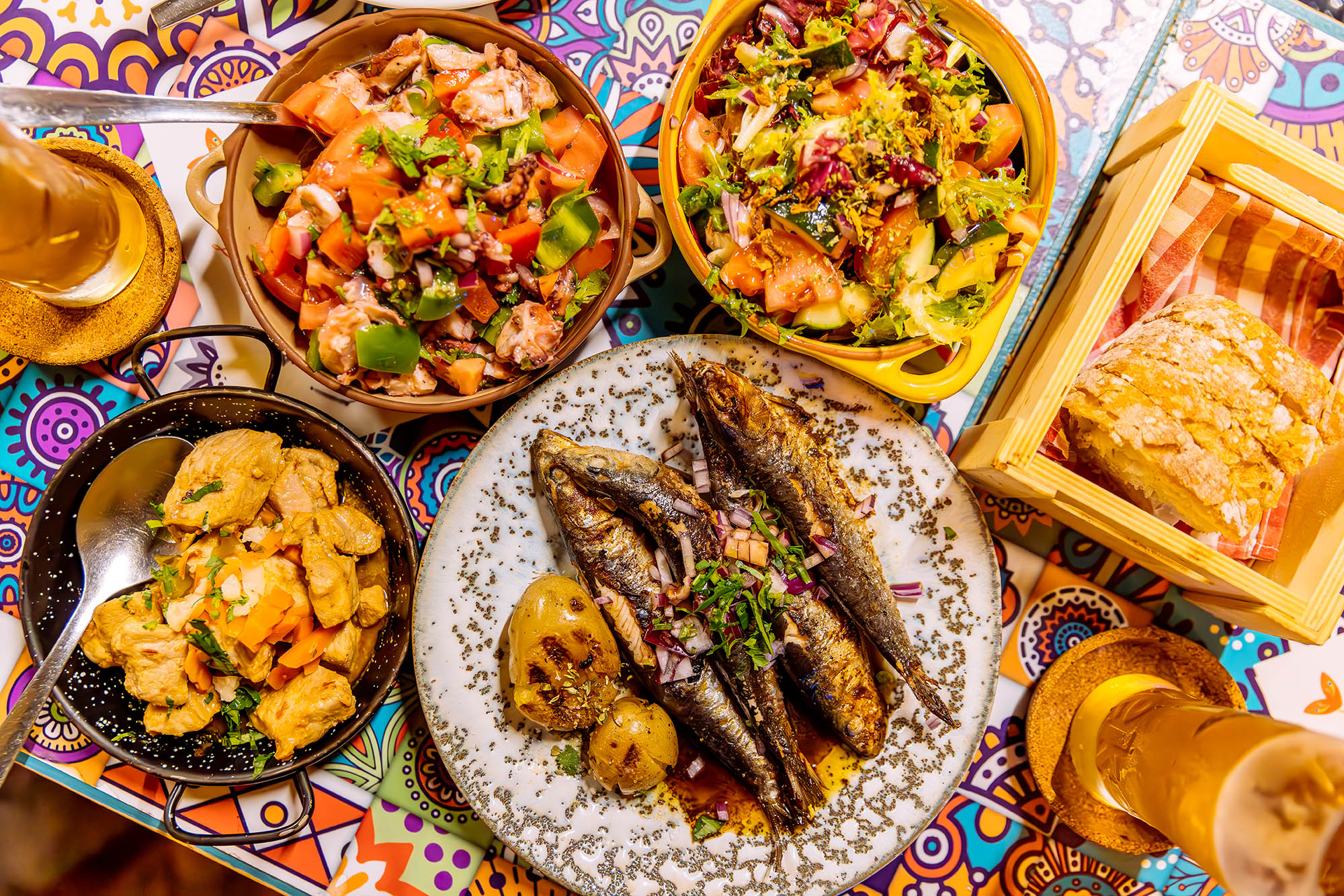
I’ve always found Lisbon to be the most civilised of cities, the air flecked with sea salt and, in summer at least, the scent of grilling sardines. It may be the pure brilliance of the light, giving those terracotta roofs and pastel-hued houses a distinctive incandescence. Or the fact that this is a city built for walking, despite the steep, cobbled hills.
Around every corner is another seemingly undiscovered gem, ‘your place’, such as Taberna da Rua das Flores in Bairro Alto, a long and tiny room with a daily changing menu and ever-present queue. Or Sol e Pesca, housed in an old fishing-tackle shop, which specialises in tinned seafood. Miss Can is also great. You may feel like a brave pioneer, a taste-maker, but believe me, you’re always the last to know. And that’s exactly the way I like it. Not so much following the herd, as being certain you’ll eat well. Mediocrity has the shortest of shelf lives.
Breakfast is a short stroll across Praça Luís de Camões, at O Trevo — a bifana pork sandwich, heavy on the mustard and chilli oil, and a small beer. Then perhaps another. Then a bit of shopping — tinned seafood at Conserveira de Lisboa and Loja das Conservas. And books, at Livraria Ferin, open for nearly two centuries, where you can pick up good translations of Luís de Camões and Fernando Pessoa, those two great Portuguese poets, as well as whatever eating guide seems up to date at the time. Before lunch at Bairro Do Avillez, perhaps, one part of chef José Avillez’s ever-expanding empire, a paean to the beauty of Portuguese produce. Or Gambrinus, which was probably born old school in 1936, the year of its opening, with its wood panelling, stained-glass windows and thick red carpets, where the waiters wear burgundy and the boiled prawns taste sublime.
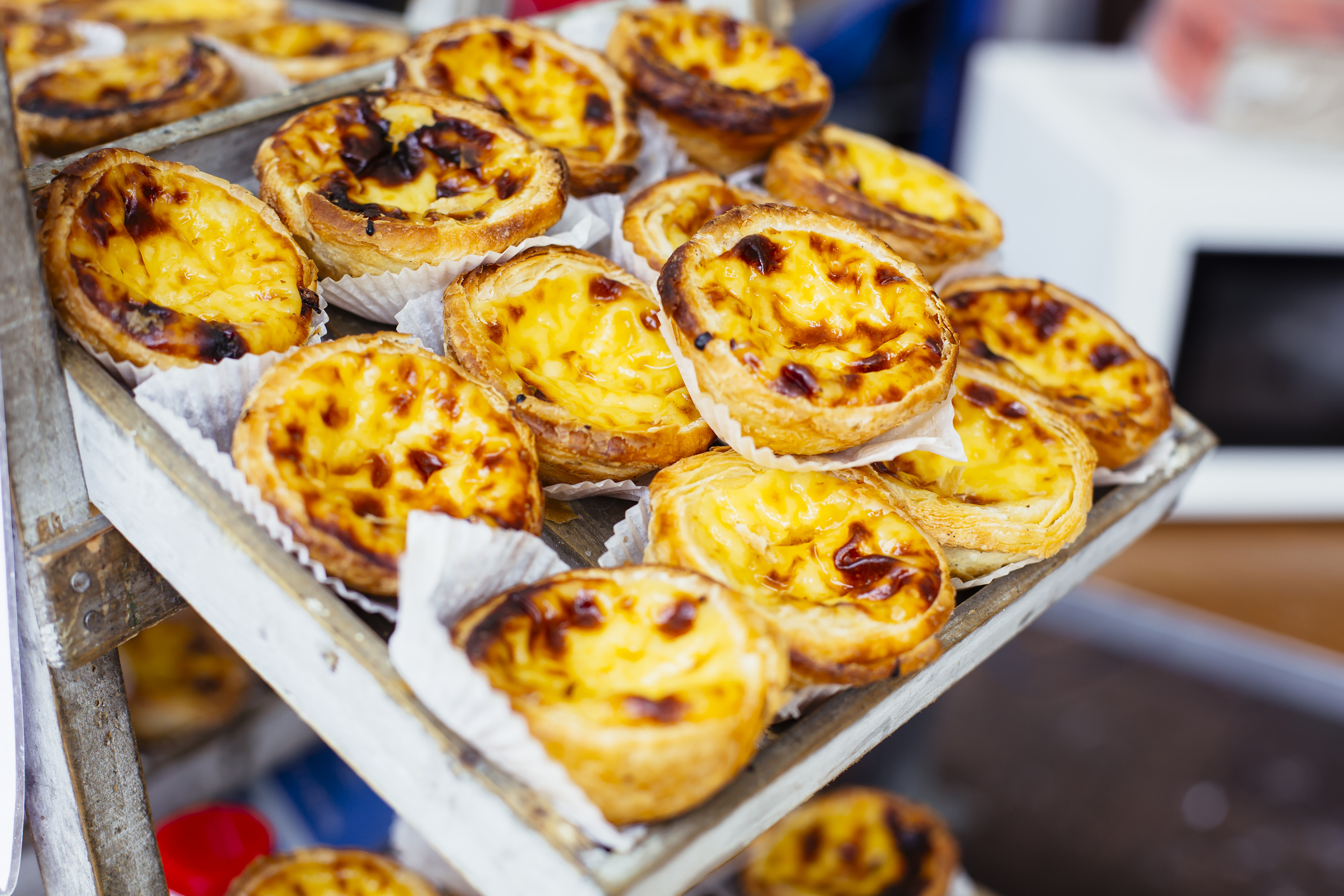
Dinner might be at Cantinho da Paz, a Goan place where the pork vindaloo is the one upside of Portugal’s colonial past, fusion of the very finest kind. Or piri-piri chicken at A Valenciana. Or Casa da Índia for a bowl of açorda alentejana soup and some grilled prawns.
It’s not all about Lisbon. Of course it’s not. If driving up to Porto, in the north, make sure you stop off in Mealhada, a town famed for its roast suckling pig. There are plenty of places to choose from, but I like Rei dos Leitões, where the crackling is as brittle as glass, the flesh sweet and the gravy suitably robust.
Exquisite houses, the beauty of Nature, and how to get the most from your life, straight to your inbox.
Porto is a little more subdued than Lisbon. ‘In Porto, we work,’ goes the old saying, ‘in Lisbon, they dance.’ Or: ‘We make the cash, they spend it.’ The stone may be grey, but there’s beauty here, too. In the Art Nouveau, Belle Époque wonder of the Majestic Café or in the tripas à moda do Porto (the inhabitants of Porto are often known as tripeiros, tripe eaters) at Mosaico de Sabores, tripe cooked with white beans, tomato and blood sausage. Sounds baroque, tastes divine. For those of baser appetites, the glorious francesinha sandwich at Bufete Fase — a monolithic block of bread, crammed with steak, sausage, ham and chorizo, then draped in melted cheese, barded with bacon and surrounded by a spicy tomato sauce. Booze food, of the finest kind. That’s the thing about Portugal. Something for every taste, wallet, whim and desire.

All those miles of coastland mean all that peerless seafood, whereas, inland, you’ll find cured meats (and the Portuguese are pork masters), cheese and wine the equal of anywhere on earth. The older I get, the more I find myself drawn to Portugal, a country drenched in saudade, that nostalgic ‘presence of absence’, the yearning for what was once there.
‘Even when you have everything,’ a Portuguese friend once explained, ‘you don’t. You’ll find it in our music, fado, and smell it in the air.’ As an occasional resident, however, I disagree. I may know nothing, but I know I’ll eat well. From the moment I arrive, a grin is plastered wide across my face. At the thought of a hundred joyous feasts long passed and the hundreds more to come.
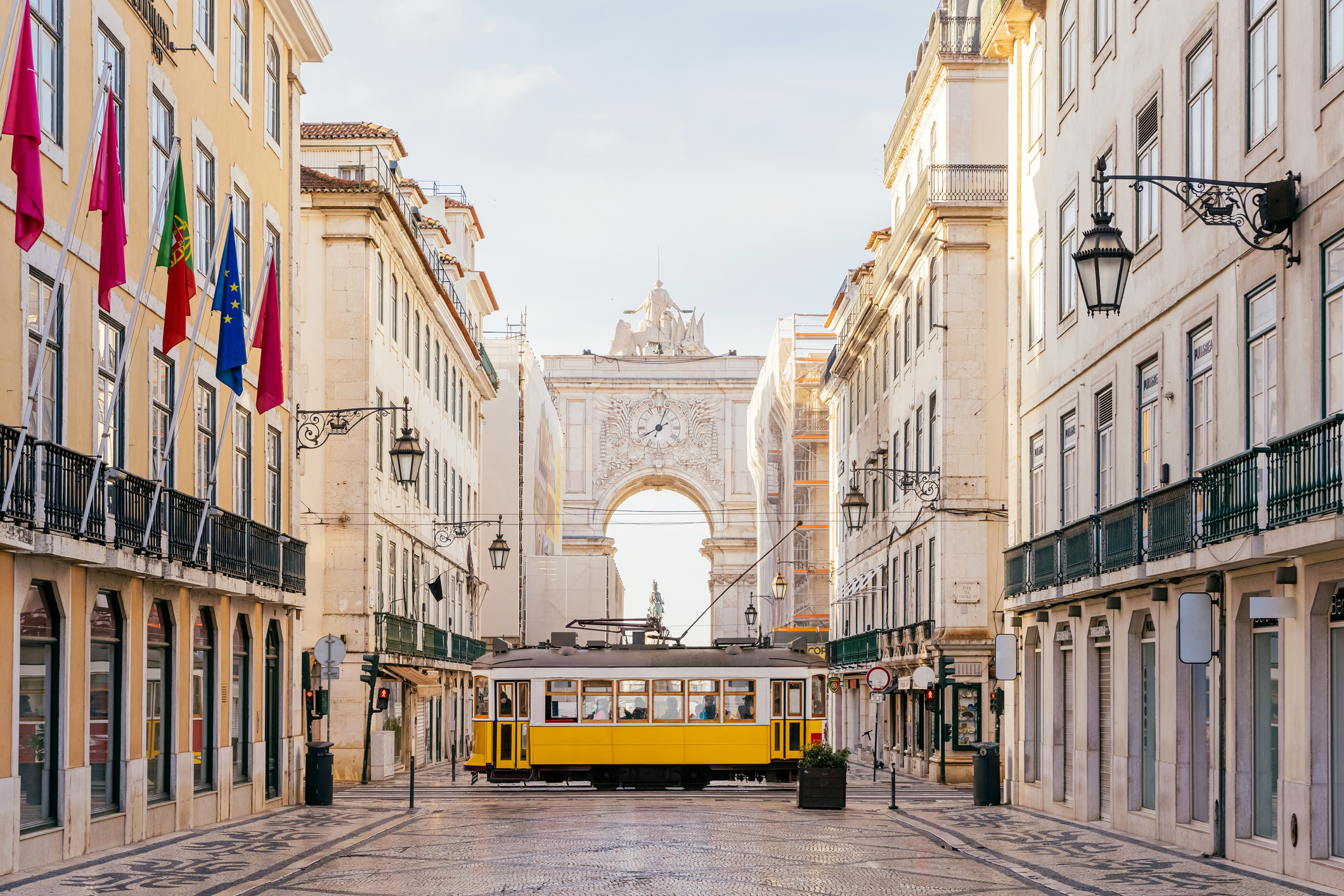
Recipe: Arroz de marisco (prawn and shellfish rice)
This is a classic Portuguese shellfish dish and comes from Nuno Mendes’s Lisboeta, a book that is a fitting tribute from that great Lisboan chef to the great city of his birth.
Ingredients
Serves 4
- 5tbspn olive oil
- 2 banana shallots, diced
- 1 small onion, diced
- 1 small fennel bulb, trimmed and finely chopped
- Smoked paprika, to taste
- Sea-salt flakes and ground white pepper
- A bunch of coriander, leaves and stalks finely chopped
- 2 garlic cloves, crushed
- Finely grated zest of 1 lemon
- Half a long red chilli, finely chopped
- 4 ripe plum tomatoes, coarsely grated
- 200g short-grain white rice, preferably Portuguese carolino, Japanese sushi or Spanish bomba rice, rinsed according to the packet instructions
- 600ml fish stock or water
- 40ml white wine
- 20 mussels, cleaned
- 20 clams, cleaned
- 16 large king or tiger jumbo prawns, shelled and deveined
- A squeeze of lemon juice
- Extra virgin olive oil, to serve
- Piri-piri oil, to serve
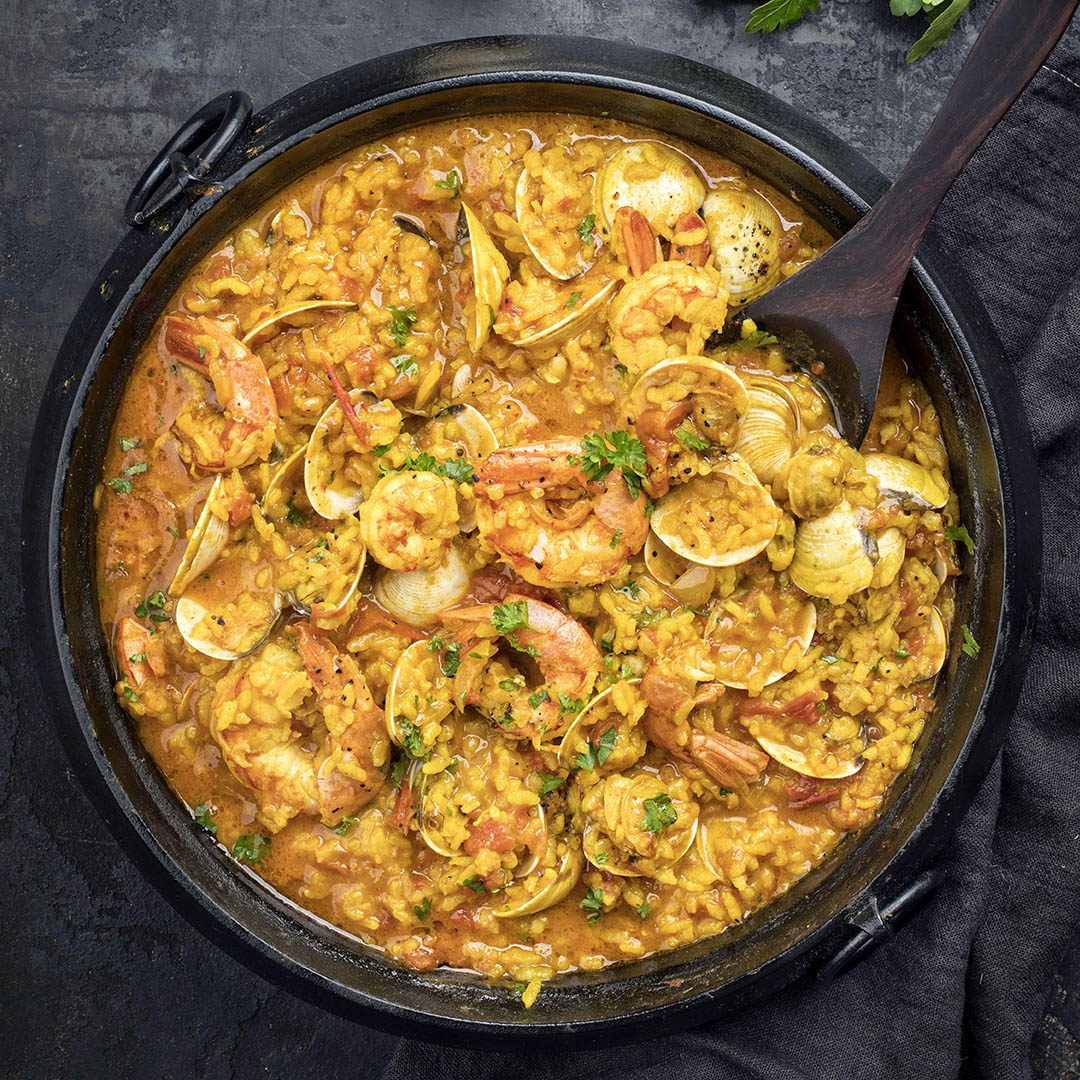
Method
Heat the olive oil in a pan over a medium heat. Add the shallots, onion and fennel and cook gently for 10 minutes, or until soft. Season with salt, pepper and paprika. Add the coriander leaves and stalks, garlic, lemon zest and chilli, then cook for a few minutes, or until fragrant.
Stir in the tomatoes. Increase the heat to caramelise the tomatoes a little, for extra flavour. Add the rice and cook for a few minutes to toast it.
Add the fish stock or water and bring to the boil. Reduce the heat and simmer gently until almost cooked, about 15–20 minutes.
A few minutes before the rice is ready, add the white wine and tip in the mussels and clams. Cover with a lid and shake a few times. Cook for 3–4 minutes, then remove the pan from the heat. Discard any unopened shells.
Taste the rice for seasoning, keeping in mind that the mussels and clams will add extra salt. Add the prawns to the rice and cook for a few minutes until they turn pink.
Stir in a squeeze of lemon juice, a little extra virgin olive oil and the coriander leaves. Serve in shallow bowls and don’t forget the piri-piri oil!

Credit: Getty Images/iStockphoto
How to eat seasonally in July, by Tom Parker Bowles
The chef and food writer Tom Parker Bowles on the culinary highlights of July, from artichoke to watercress — plus a
Tom Parker Bowles is food writer, critic and regular contributor to Country Life.
-
 What on earth is the person who comes up with Annabel's otherworldly facade displays on? London's most magical Christmas shop displays
What on earth is the person who comes up with Annabel's otherworldly facade displays on? London's most magical Christmas shop displaysPhotographs by Greg Funnell.
-
 What trees taught me about perfect planting — Alan Titchmarsh
What trees taught me about perfect planting — Alan TitchmarshSense and patience is key to growing healthy trees, as a certain Mr Mackenzie showed a young Alan Titchmarsh
